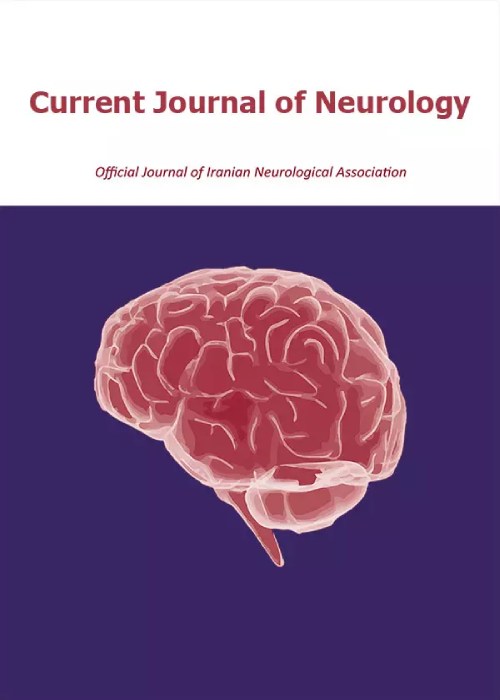Patent foramen ovale and stroke: Does presence of a migraine headache or any character of patent foramen ovale increase the risk of stroke?
Author(s):
Abstract:
The etiology of ischemic stroke remains unidentified by routine diagnostic testing in about 40% of patients.1 Patent foramen ovale (PFO) has been proposed as a possible cause of paradoxical cardioembolism and is found in 27% of unselected adults.2 Nevertheless, the specific category of PFO bearers, who are prone to ischemic stroke, remains unidentified.3 This study aims to determine the differences of some characters of PFO between patients with ischemic stroke in whom PFO was associated with another major source of stroke and those with PFOs as the primary cause of ischemic stroke. We compared and contrasted transesophageal echocardiography (TEE) and transcranial Doppler sonography findings between the patients with cryptogenic stroke and the patients with stroke of determined cause. A sunray transcranial Doppler ultrasound device version FD-T98II (Guangzhou Doppler Electronic Technologies, China) was used in all the patients. The device was set to a small sample volume of 10 mm in length and minimum possible gain to provide a setting optimal for micro-embolic signal (MES) discrimination from the background spectrum. The MES was defined as typical visible and audible (chirp, click), short duration (0.1 s) and high-intensity signals within the Doppler flow spectrum. The number of MES was counted using Valsalva maneuver (VM) and was graded as 0, І, ІІ or ІІІ if 0, 1-9, 10-49 or ≥ 50 MES, respectively, were detected. TEE was performed to identify any potential cardiac source of embolism. Diagnosis of PFO was based on the presence of at least 3 bubbles in the left atrium after 4 cardiac cycles of the right atrium became opaque with contrast bubbles. The shunt was graded as І, ІІ, or ІІІ if 3-9, 10-49, or ≥ 50 bubbles, respectively, were visualized in the left atrium. The maximal diameter of PFO was measured in the same view. Those PFOs with a diameter < 2 mm were considered as small, 2-4 mm as moderate, and ≥ 4 mm as large. In addition, we compared the conventional risk factors for ischemic stroke and the presence of migraine headache (MH) between these two groups.
Keywords:
Language:
English
Published:
Current Journal of Neurology, Volume:14 Issue: 1, Winter 2015
Pages:
50 to 51
magiran.com/p1363137
دانلود و مطالعه متن این مقاله با یکی از روشهای زیر امکان پذیر است:
اشتراک شخصی
با عضویت و پرداخت آنلاین حق اشتراک یکساله به مبلغ 1,390,000ريال میتوانید 70 عنوان مطلب دانلود کنید!
اشتراک سازمانی
به کتابخانه دانشگاه یا محل کار خود پیشنهاد کنید تا اشتراک سازمانی این پایگاه را برای دسترسی نامحدود همه کاربران به متن مطالب تهیه نمایند!
توجه!
- حق عضویت دریافتی صرف حمایت از نشریات عضو و نگهداری، تکمیل و توسعه مگیران میشود.
- پرداخت حق اشتراک و دانلود مقالات اجازه بازنشر آن در سایر رسانههای چاپی و دیجیتال را به کاربر نمیدهد.
In order to view content subscription is required
Personal subscription
Subscribe magiran.com for 70 € euros via PayPal and download 70 articles during a year.
Organization subscription
Please contact us to subscribe your university or library for unlimited access!


